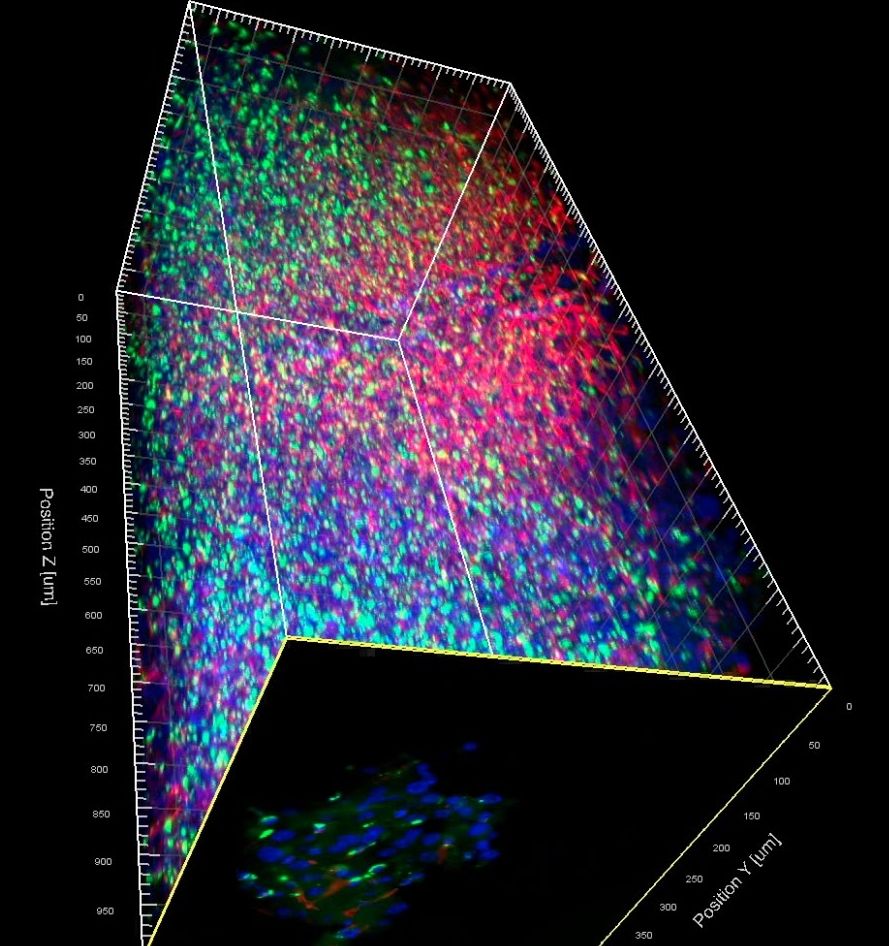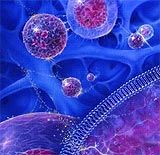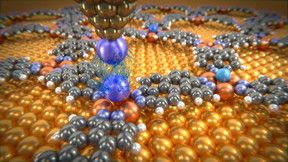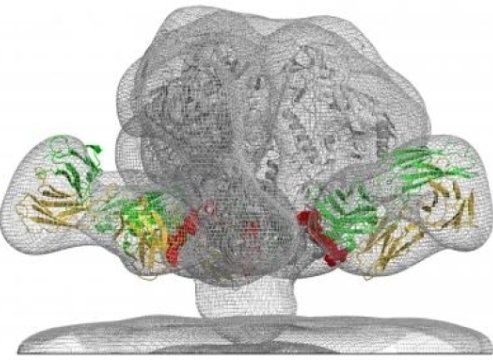May 14, 2016
New Technique Enhances Nanomedicine
Posted by Karen Hurst in categories: biotech/medical, materials
One of the hurdles of realizing the promise of nanoparticles is that scientists can’t view where they go or how the nanoparticles interact with structures once they are inside of the body. A new technique that involves injecting an acrylamide hydrogel into organs and tissues removed from mice allows researchers to image nanoparticles more than 25 times deeper than is possible with current methods, to a depth of more than 1 millimeter. Lipids are what cause tissues to look opaque. By using the hydrogel to bind all of the molecules together except for lipids, which washed away easily, the team, led by Warren C. W. Chan, were able to make the tissues look transparent but remain intact. The work, published in ACS Nano, may help researchers be able to tell if therapy-loaded nanoparticles are delivering the cargo to the desired destination. Check out the video below.
ExclusiveTechnologies.



















